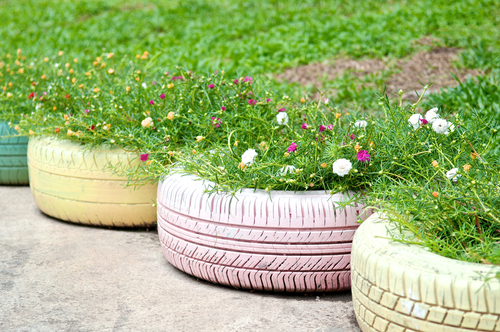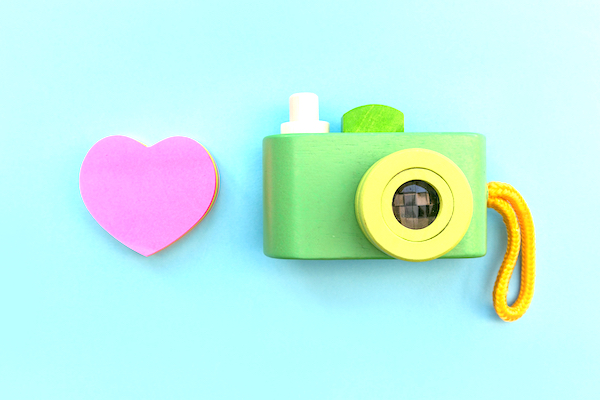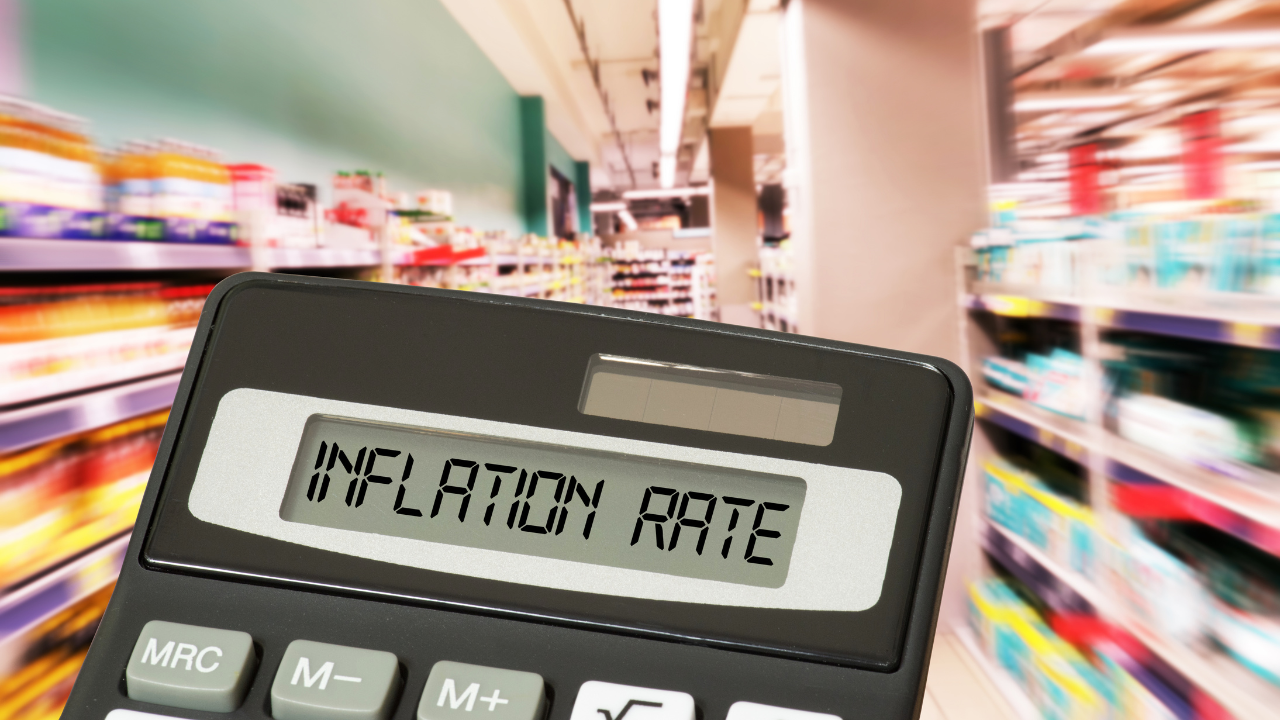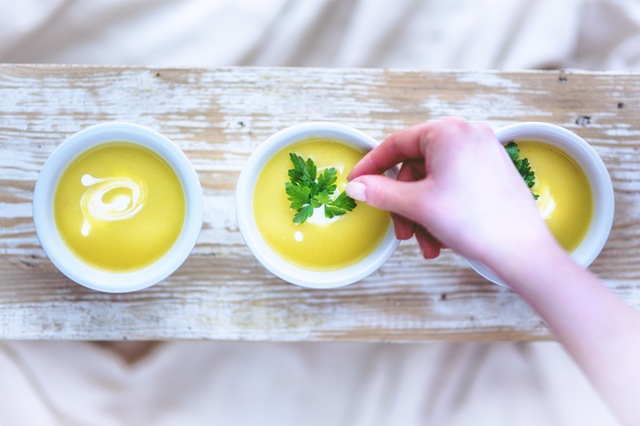If there’s one thing that gets Aussies excited, it’s food. We are truly a nation of food lovers. Which makes it is all the more surprising that we waste so much of it – 4 million tonnes a year, in fact. This is the equivalent of each one of us throwing a loaf of bread in the trash, every single day. However only one in seven people in Australia admit to wasting more food than they ought to. Less than half of households recycle any food waste at all.
Food waste isn’t just damaging to environment (the carbon footprint of food waste in Australia is equivalent to that of more than 1 million cars). It’s also expensive. The small amounts of food we throw out each week quickly add up to a substantial cost over the course of a year. By cutting waste in the home we can each save money and do our bit to tackle food waste. Here’s five simple tips to reduce food waste and save money in the home.
Get creative with your cooking
Keep a close eye on expiry dates and aim to use products nearing the end of their shelf life first. This can lead to some unorthodox and exciting combinations of ingredients. Think of it like a challenge on an episode of MasterChef. Dishes like omelettes, stir fries and oven bakes are good for using up ingredients, as you can just throw in what you like with the basic ingredients. Also try to make meals which can easily be stored in the freezer, for example soups, curries or smoothies.
Shop sensibly
It sounds obvious, but simply buying less food is one of the most effective ways to tackle food waste. Plan your meals before you leave for the supermarket, and only buy what you need for those meals. Don’t get tempted by special offers on items that you don’t actually need. If possible, buy less food at more regular intervals so you can more accurately gauge how much to buy. And when you’re in the fresh produce aisle, remember there’s nothing wrong with the wonky veg – it all tastes just as good!
Refrigerate properly
A few simple changes to the way you store fruit and veg in the fridge can make it last longer. Do you know the difference between ethylene-producing and ethylene-sensitive produce? Knowing which of these two groups various fruit and veg belong in can help you store them appropriately and prolong their shelf life. Check out our blog post on how it works.
Keep the fridge at around 4 degrees Celsius to keep food fresher for longer. Rotate produce as you buy it, so items bought first (and therefore likely to go out of date sooner) are at the front and easier to access.
Serve up sensible portions
Try serving smaller portion sizes. We generally tend to over-serve, when we should be doing things the opposite way around. Start with less and whoever is still hungry can go back for more. Any leftovers will make a snack for another time. You can also try using smaller plates. It’s a little psychological trick that makes it seem as though there is more food than there actually is, which can make the smaller portions less obvious.
Try your hand at composting
Compost is nature’s way of recycling food that would otherwise be wasted. The green-fingered among us can use a small corner of the garden to start their own compost heap. The compost can eventually be used for growing more fruit and vegetables, or for dressing your lawn and helping to make your garden even greener. We recommend checking out this guide to composting from eartheasy.
These tips and infographic were brought to you by Helpling, an online marketplace for booking trusted and vetted cleaners in Melbourne and Sydney.


 YOU
YOU





 Money
Money





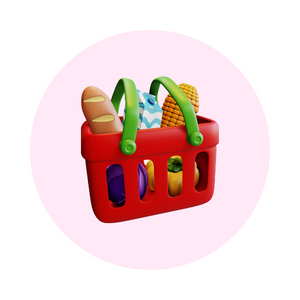 FOOD
FOOD
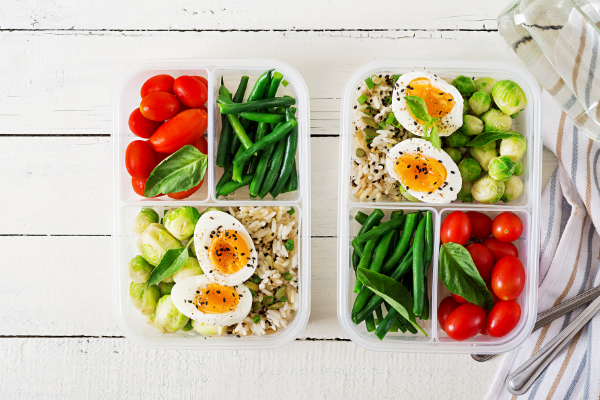

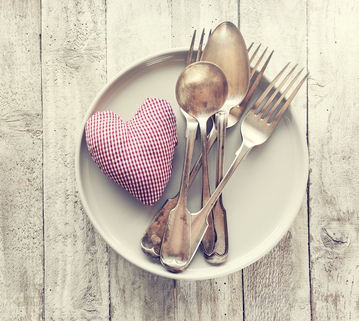

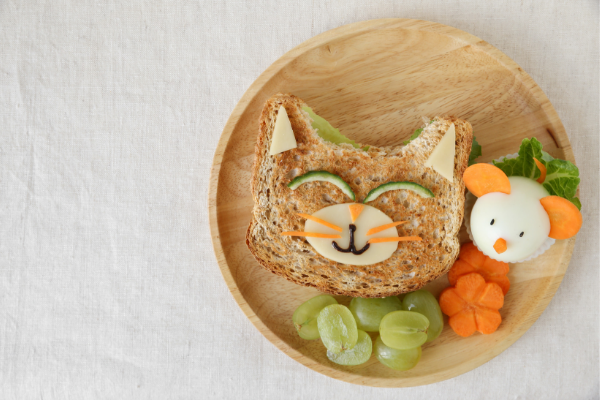
 FAMILY LIFE
FAMILY LIFE




 HOME & GARDEN
HOME & GARDEN




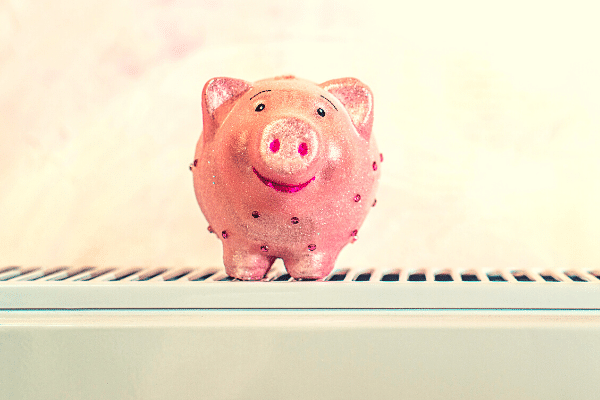

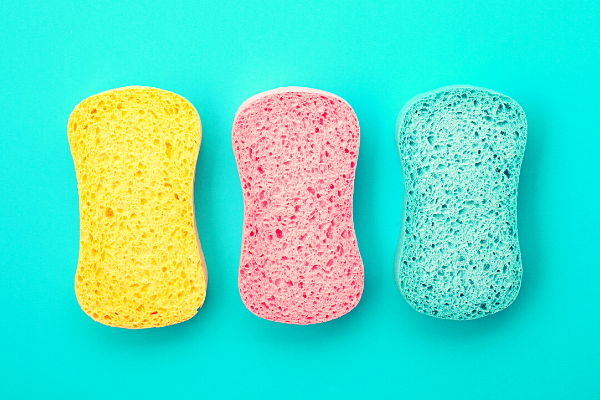
 ORGANISE
ORGANISE

 EVENTS
EVENTS





 LIFESTYLE
LIFESTYLE

